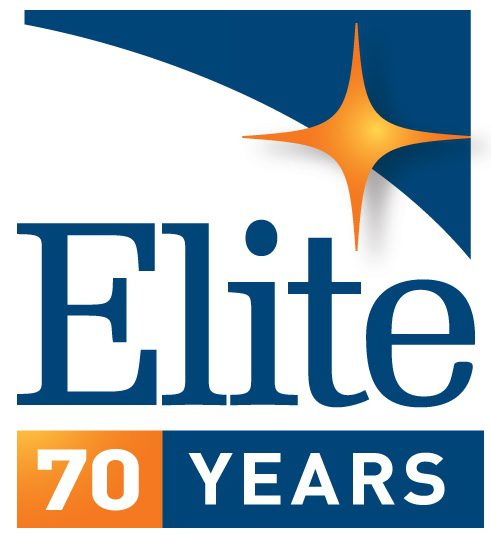March 29, 2023
Containers have been labeled for thousands of years. The marking of barrels, crates, and sacks were necessary in ancient times. It’s important now because we have more things to label for more reasons. The difference now is what the labels mean and how they’re applied.

Looking at the rear or the bottom of any electronic product, you’re likely to find a label containing a series of symbols. Those marks are the manufacturer’s assurance that the product has been tested to meet the applicable safety and compatibility standards. In automotive devices there are the E, e, and CE-markings that by law must appear on products in the markets where they are required.
The European Commission (EC) has established a broad array of requirements for public health and safety. The scope of those requirements is so broad that compliance with their terms is recognized by many countries outside Europe. The CE Mark (French for Conformite Europeenne) appears on products sold in the European Union (EU) to show that they meet applicable standards for health and safety. The CE Mark is necessary to market in the EU and is often sufficient for those countries outside the EU that accept those standards.

Vehicles and the Electronic Subassemblies (ESAs) used in vehicles are regulated as a separate class of products with their own unique standards. They often carry the “E” and “e” marks to show they meet their specific set of standards, as described below.
CE Mark

CE Mark used to show compliance in the EU
The CE Mark is the most familiar, appearing as it does on everything from infant toys to explosive-atmosphere equipment. For electronic and wireless devices sold in the EU, the Electromagnetic Compatibility (EMC) Directive (2014/30/EU) states that electronic equipment does not generate, and is not affected by, excessive electromagnetic disturbances. The Machinery Directive (2006/42/EC) is in place to protect the health and safety of those using mechanical equipment.
For EMC, specific standards in the form of European Norms (ENs) define the limits of radiated and conducted radiofrequency (RF) emissions and minimum levels of RF immunity for different categories of products. Electronic products in categories eligible to display the CE Mark must be tested to show compliance with the applicable ENs.
Elite regularly performs radiated and conducted EMC testing for CE Mark compliance and serves as a Conformity Assessment Body (CAB) authorized to assess the compliance of tested products.
E-Mark

Upper-case E-Mark example showing UNECE Regulation 10.5 EMC
European motor vehicle regulations are covered in Directive 2007/46/EC, spelling out requirements and the type-approval process. Some vehicle categories are exempt and are addressed by the CE Mark requirements or other directives. The framework directive also lists the vehicle systems and performance attributes that are regulated and the associated regulations that apply (for example, tail pipe emissions, safety restraints, EMC, and others).
The upper-case E-mark is displayed on vehicles and ESAs to show compliance with United Nations Economic Commission for Europe (UNECE) requirements. To streamline the regulatory process, the EU automotive EMC requirements that had been separate from the UNECE are now allowed to follow the UNECE requirements. The applicable EMC requirements are currently shown in UNECE Regulation 10 and compliance is indicated by the upper-case E-Mark.
e-Mark

Lower-case e-Mark example with test-country number
Agricultural and forestry equipment falls under EC Regulation 167/2013, which provides definitions and high-level technical requirements. The specific application requirements are identified in the Regulation. Tractors are categorized based on their construction and capability, which determine the level of assessment required under the standard. Manufacturers can check with Elite to identify what level in the standard applies to their tractor. A test plan can then be developed appropriate to their product.
Regulation 167/2013 specifies that EMC is evaluated according to EU Regulation 2015/208, which is specific to agricultural and forestry vehicles. Compliance with those requirements is shown by the lower-case e-Mark.
Finding the Correct Marking for Your Vehicle and ESA
How do you sort out these requirements, and which ones apply to you? It’s not always obvious which standards and label marks apply. The determination is based on the vehicle or ESA’s application, which can be variable depending on the type of vehicle or device. Contact the automotive test experts at Elite to find out which tests your product needs. With that information in hand, you can start planning your tests and anticipating the successful launch of your product.
